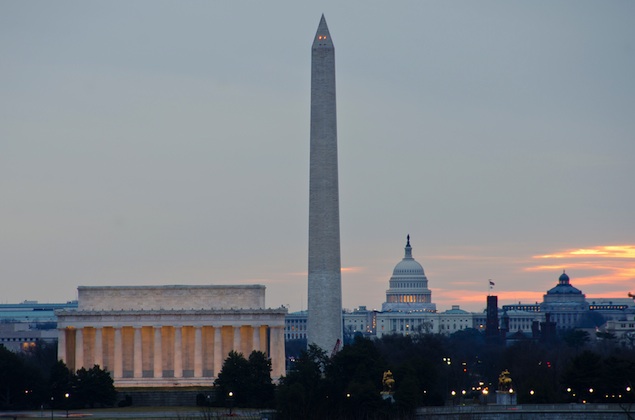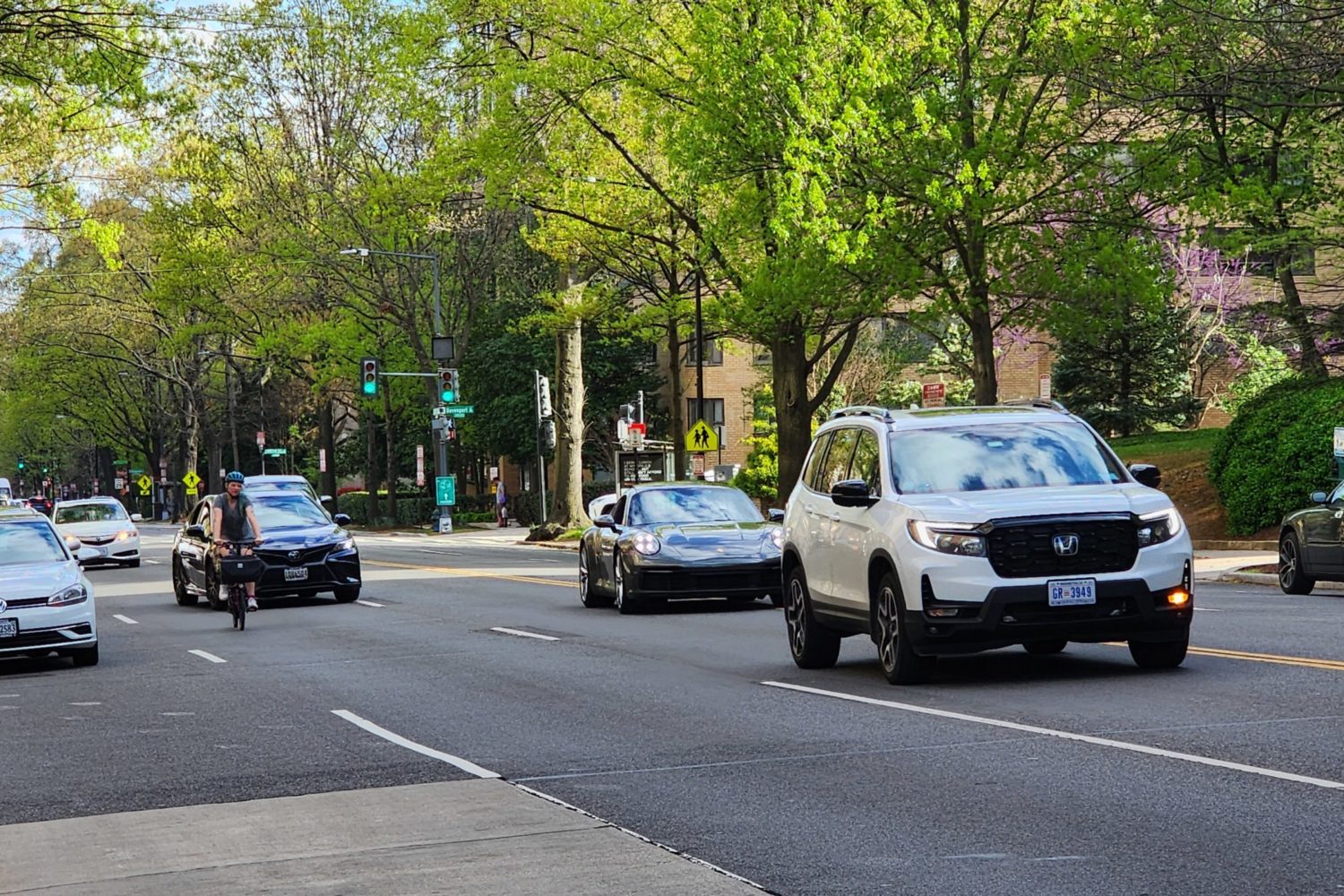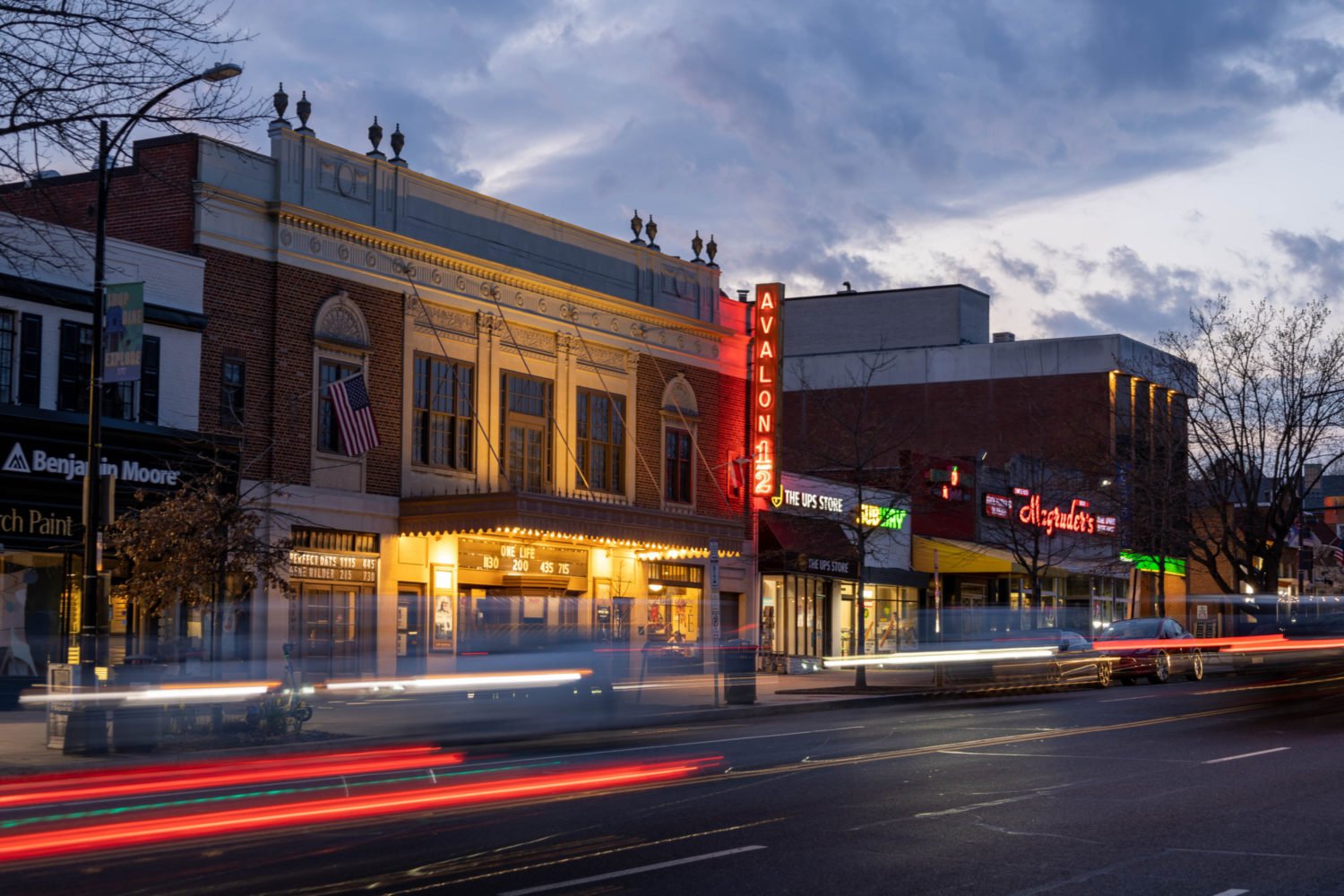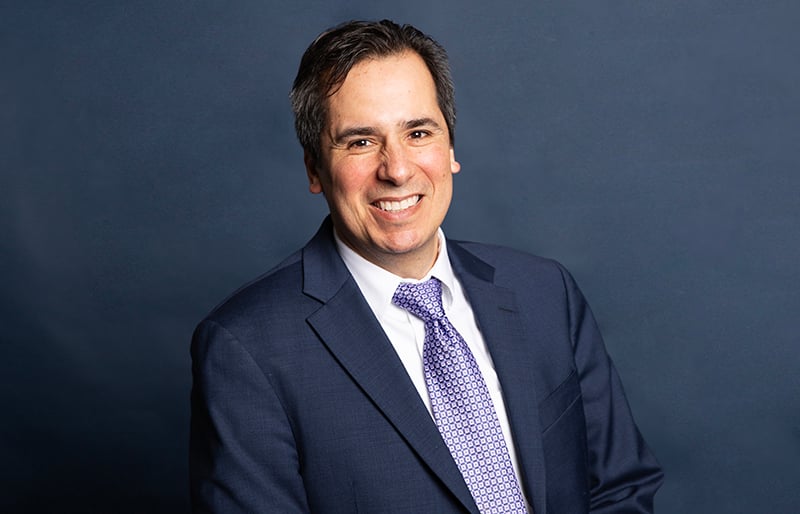The summers may be getting hotter, but DC’s air quality has improved dramatically over the last 20 years. According to the Metropolitan Washington Council of Governments’ (COG) Ozone Season Summary, there were only three designated unhealthy air days in 2022. In contrast, there were 77 designated unhealthy air days 20 years ago in 2002.
The COG measures air quality using 14 monitors located around the DC region. On an unhealthy air day 10 years ago, usually 10 or 11 monitors would go off, says Sunil Kumar, COG’s principal environment engineer. Now, it could be just one or two. The monitors have shown that some areas are set off more frequently than others. Kumar says two monitors, one at the McMillan reservoir near Howard University and one in Prince George’s County, are the ones they have to “keep an eye on.”
Of the three unhealthy air days in 2022, the McMillan monitor went off on all three: June 15, June 22, and June 30. On June 30, four other monitors also went off—including the Prince George’s County monitor. The other two days, only the McMillan location was set off.
Kumar said there are many reasons for this. He suspects there was some local construction in the area near the monitor that pushed the pollution numbers higher than other areas. However, that wouldn’t explain its history of substandard air quality. Kumar said the air quality in that area could be due to pollution from power plants along the Ohio River as well as the phenomenon called recirculation.
Recirculation, a wind pattern that Kumar said uniquely impacts the District, keeps polluted air in DC. “The air in the DC area keeps moving in the DC area, it doesn’t go out,” Kumar says, which means it doesn’t have the chance to get diluted. The impact is made worse when the temperatures rise.
Even though the area around McMillan reservoir and Prince George’s County continue to show higher rates of pollution, air quality overall has still improved greatly across the region as a whole.
“In the past we had way bigger differentials in air quality, and you could literally trace it down and see who lives in places with better air quality and who lives in deficient air quality,” says Takis Karantonis, Arlington County Board member and chair of the Metropolitan Washington Air Quality Committee. Now, he says, “improvements are better distributed than in the past.”
Kumar says the popularity of telework and the decrease in commuting is one reason for the improvements, but there are also broader themes at play. A large part of the downward trend in the last two decades is the emissions regulations put on cars, buildings and power plants, and the transition from coal to natural gas.
“It’s an excellent report, for the past three years. Now it’s about trying to keep that up,” says Karantonis. To make sure that happens, he recommends people use public transit as often as they can, and pay attention to better efficiency options.



















